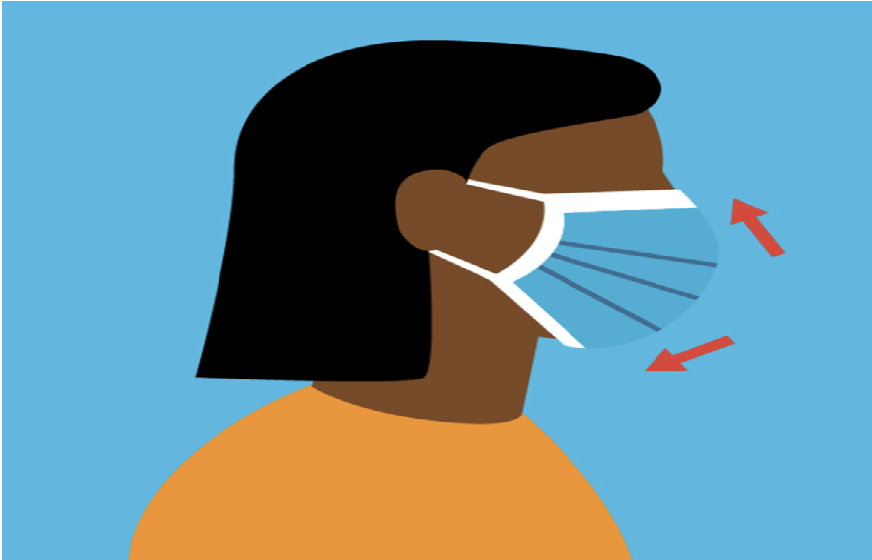The use of masks should be part of a complete strategy to prevent transmission and save lives. A mask alone will not provide adequate protection against COVID-19.
The mask is a crucial measure to reduce transmission and save a life.
As part of the comprehensive “Do it all!” approach, well-fitted masks are recommended. This includes maintaining physical distance, avoiding close-contact and crowded settings, cleaning hands frequently, covering coughs and sneezes with a tissue of bent arm.
Masks can be used to protect healthy people or prevent transmission.
COVID-19 may be spreading through your community. Take some precautions such as wearing a mask and physical distancing. Keep your home well ventilated. Avoid crowds. Clean your hands. You can find local advice in your area. You can do it all!
Making wearing a mask part of your daily routine is a way to make it more comfortable being around others. Masks should be stored and cleaned properly in order to make them work as efficiently as possible.
These are the basic instructions on how to wear a mask:
- Before you put on your mask, wash your hands.
- It should cover your nose, mouth, and chin.
- Take off the mask and store it in a plastic bag. If it is a fabric mask, wash it every day or throw away a medical mask in the trash.
- Use masks without valves.
- Wearing a mask covering the nose and mouth when you interact with people outside your household is recommended.
- It can be difficult to assess the quality of ventilation. It’s better to wear a mask if you are unsure. You should keep your mask on and away from other people as much as you can. You can still have close contact with others even though you are wearing a mask.
All three are important: fit, breathability, and filtering.
Check the labels of any non-medical masks you buy to ensure they comply with the ASTM F3502 standard.
Three layers of fabric are required if you make your own mask.
- An inner layer of absorbent material such as cotton.
- The non-woven, non-absorbent middle layer, such as polypropylene
- An outer layer of a non-absorbent material such as polyester, or polyester blend.
You should pick the mask that best fits your face. It should cover your nose, cheeks, chin, and forehead without leaving any gaps. Exhalation valves and masks that have vents are not recommended as they allow unfiltered air to escape.
This post was written by a medical professional at The Wellness Firm. The Wellness Firm services include workplace flu clinics, workplace flu vaccination providers, onsite rapid Covid testing in St Pete, the physical exam for employment, as well as American Heart Association CPR certification classes. Founded by local Firemen, The Wellness Firm has been providing a safer Tampa Bay since 2006.

